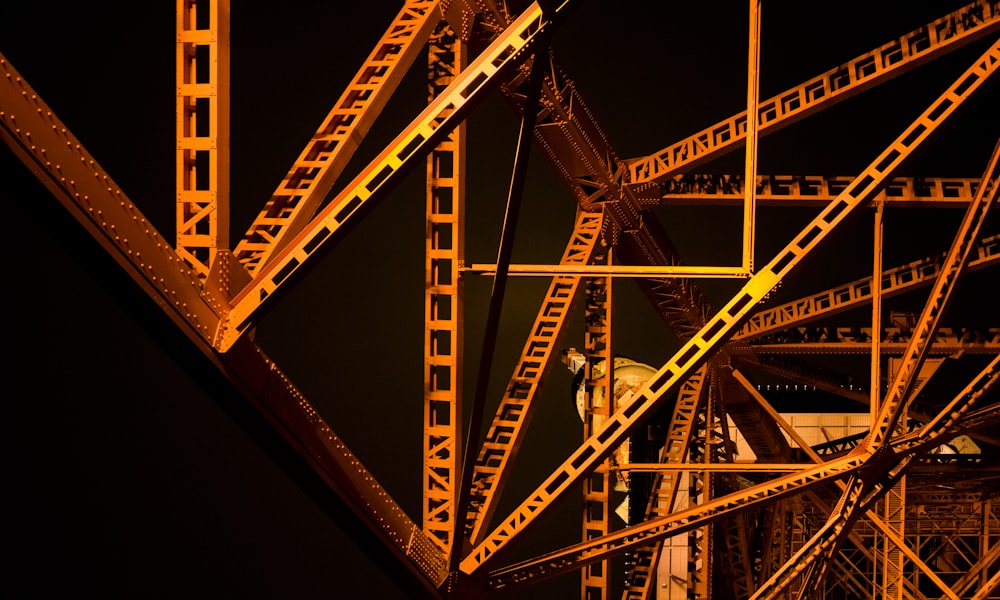How to Determine the Coverage of a Ton of Balla
How to Determine the Coverage of a Ton of Ballast
When you’re embarking on a landscaping or construction project that involves ballast, one of the key questions you might have is: How much area will a ton of ballast cover? It’s a common query among DIY enthusiasts and professionals alike. In this article, we’ll delve into this question and provide practical insights to help you plan your project effectively.
Understanding the Basics of Ballast
Before we dive into the specifics of coverage, let’s ensure we’re on the same page regarding what ballast actually is. Ballast refers to the material used to provide stability and support, typically in construction or landscaping projects. It’s often composed of coarse aggregate, such as gravel, crushed stone, or even sand. Its primary function is to distribute weight evenly and prevent the movement of objects or structures.
Keywords: ballast material, stability, support
Factors Affecting Coverage
Determining the coverage of a ton of ballast isn’t a straightforward calculation. Several factors come into play, influencing how far your ballast will go. Let’s break down these factors to gain a better understanding.
1. Depth of Coverage:
The depth at which you spread the ballast plays a crucial role in determining coverage. A thicker layer will naturally cover less area compared to a thinner layer. Consider the specific requirements of your project and how deep you need the ballast to be.
Keywords: depth of coverage, thickness
2. Type of Ballast:
Not all ballast materials are created equal. The size and density of the particles can vary, affecting how tightly they pack together. For example, finer materials like sand may spread out more thinly compared to coarser gravel or crushed stone.
Keywords: ballast type, particle size
3. Compaction:
The degree to which the ballast is compacted also impacts coverage. Compaction refers to the process of mechanically increasing the density of the material by reducing air voids between particles. Proper compaction ensures better stability and longevity of your project.
Keywords: compaction, density
Calculating Coverage
Now that we’ve outlined the key factors, let’s proceed to calculate the coverage of a ton of ballast. While the exact coverage can vary based on the factors mentioned earlier, we can provide a general estimation to guide your planning.
To calculate the coverage area, you’ll need to know the depth at which you intend to spread the ballast and the area you want to cover. Here’s a simple formula you can use:
[ text{Coverage Area (in square feet)} = frac{text{Weight of Ballast (in tons)} times 2000}{text{Depth of Coverage (in inches)} times text{Ballast Density (in pounds per cubic foot)}} ]
Let’s break down this formula:
- Weight of Ballast (in tons): This refers to the amount of ballast you have available for your project.
- Depth of Coverage (in inches): Specify how thick you want the layer of ballast to be.
- Ballast Density (in pounds per cubic foot): The density of the ballast material you’re using. This information is typically provided by the supplier.
By plugging in these values, you can obtain an estimate of the coverage area in square feet.
Tips for Optimizing Coverage
While the formula provides a useful starting point, here are some additional tips to optimize the coverage of your ballast:
1. Proper Planning:
Take the time to accurately measure the area you need to cover and determine the depth required. Planning ahead can prevent wastage and ensure you purchase the right amount of ballast.
Keywords: proper planning, measurement
2. Consider Overlapping:
When spreading the ballast, consider overlapping each layer slightly to ensure uniform coverage. This technique helps fill any gaps and enhances the stability of the surface.
Keywords: overlapping, uniform coverage
3. Quality Matters:
Invest in high-quality ballast material to maximize coverage and longevity. While it may come at a slightly higher cost, the benefits outweigh the expense in the long run.
Keywords: quality, longevity
Conclusion
Determining the coverage of a ton of ballast requires careful consideration of various factors, including depth, type of material, and compaction. By understanding these factors and employing effective planning techniques, you can optimize coverage and achieve successful outcomes for your project.
Next time you find yourself pondering the question, "How much does a ton of ballast cover?" remember the insights shared in this article. With the right approach and attention to detail, you’ll be well-equipped to tackle your project with confidence.








